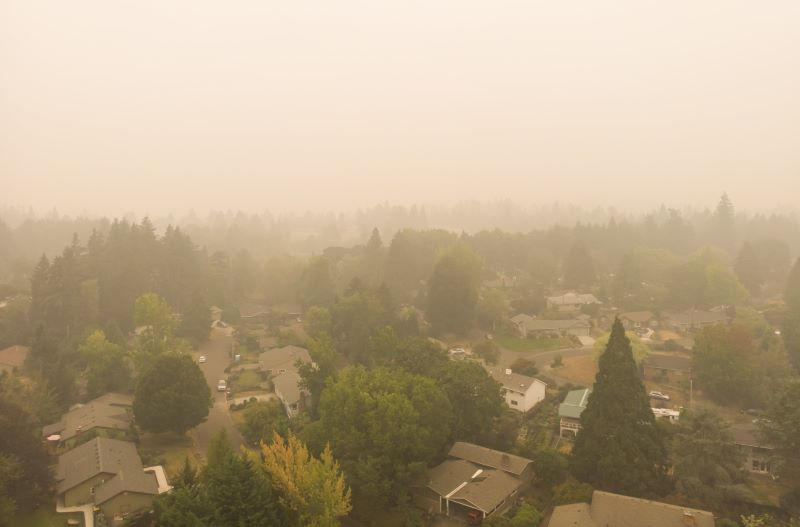Atypical summer peak CO levels in Boston region in 2023 linked to spike in AD, dermatitis, eczema-related clinic visits
By Elana Gotkine HealthDay Reporter
WEDNESDAY, Jan. 3, 2024 (HealthDay News) — An increase in carbon monoxide (CO) levels associated with the Canadian wildfires of 2023 correlated with increased atopic dermatitis (AD), dermatitis, and eczema-related clinic visits in a Boston hospital system, according to a study published online Dec. 16 in Dermatology and Therapy.
Kathyana P. Santiago Mangual, from Massachusetts General Hospital in Boston, and colleagues examined the impact of air pollution on AD and skin health and assessed how wildfires exacerbate the disease burden. CO levels were obtained for the Boston region during the months following the Canadian wildfires of 2023; patient records on dermatology clinic visits for dermatitis and eczema were examined at the Mass General Brigham hospital system, 300 miles from the wildfires.
The researchers found that compared with the previous four years, there was a correlation for the notable rise and atypical summer peak in CO levels in the Boston region during 2023 with a spike in AD, dermatitis, and eczema-related clinic visits.
“According to the United Nation’s Environment Programme of 2022, we must learn to live with fires,” the authors write. “Amidst the escalating frequency of wildfires and other contributors to pollution, physicians and government agencies must work together to improve air quality conditions and safeguard the well-being of patients, especially those who are most vulnerable.”
Copyright © 2024 HealthDay. All rights reserved.








